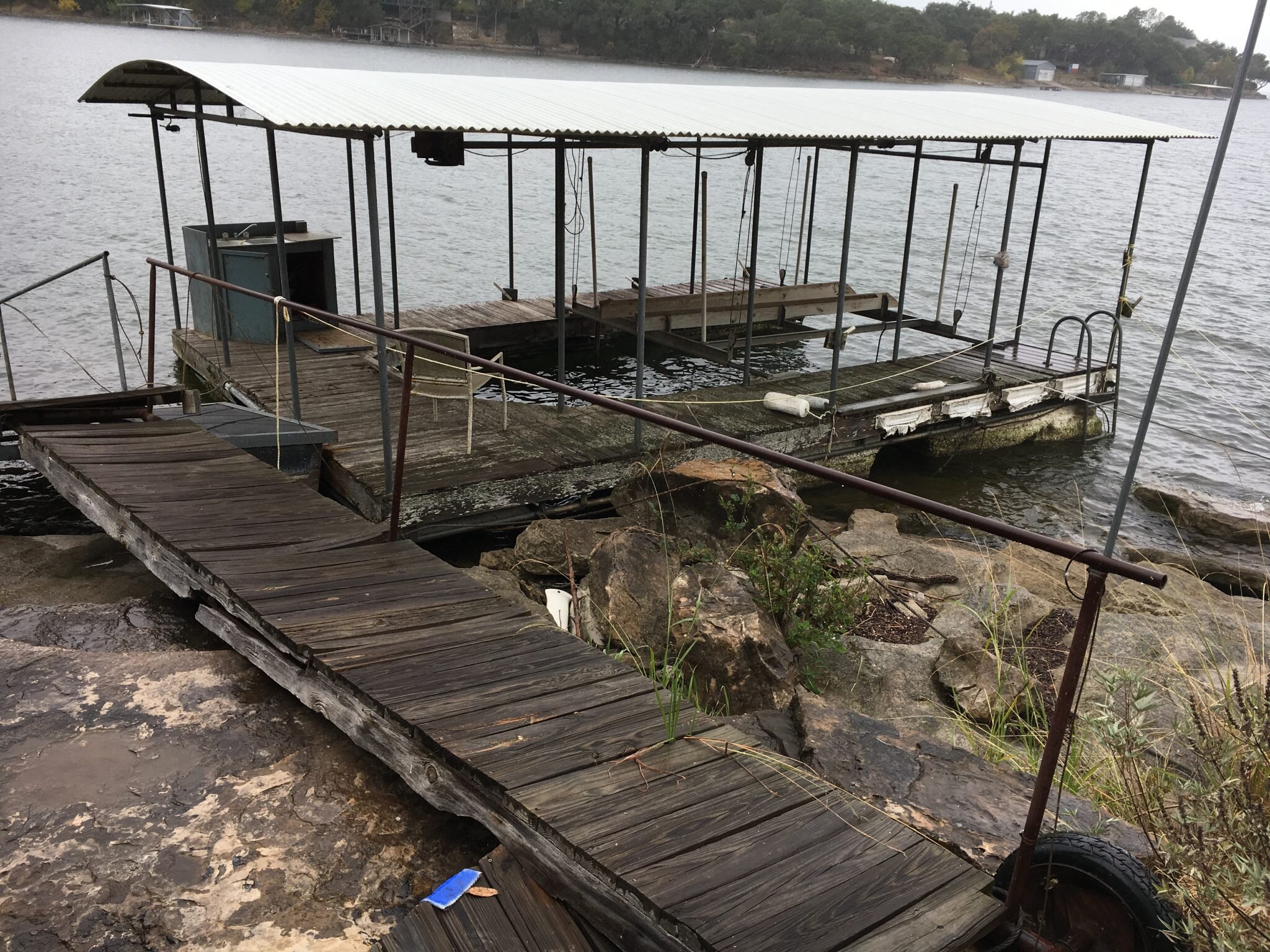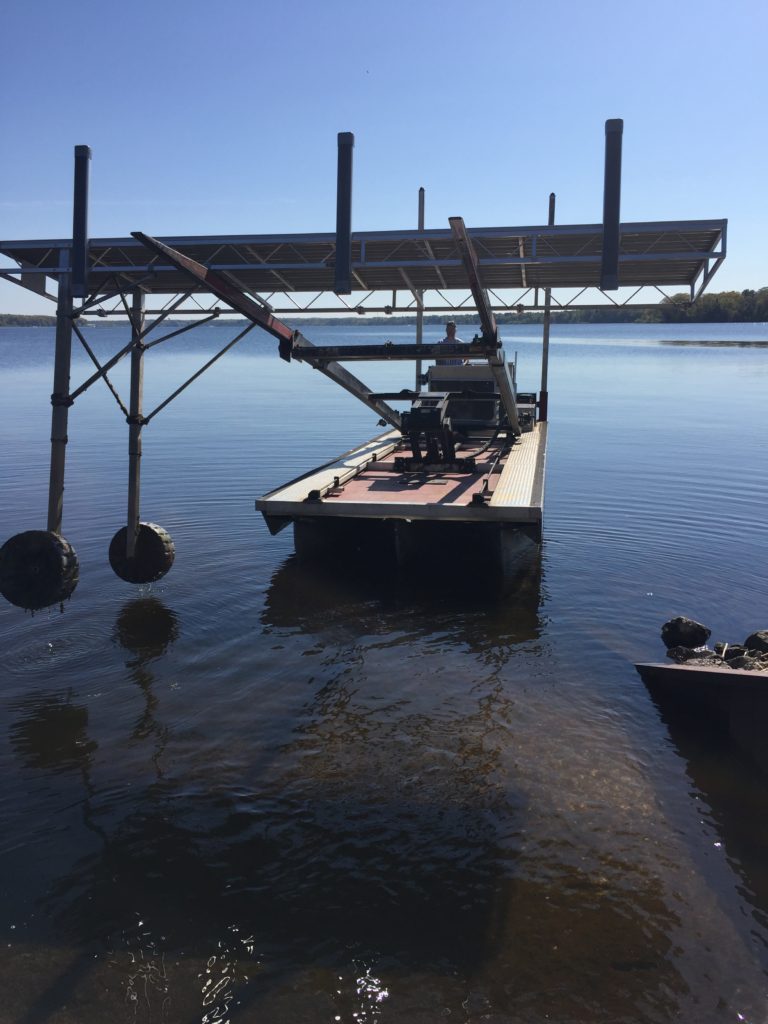The Importance of Timely Dock Repairs for Waterfront Safety
The Importance of Timely Dock Repairs for Waterfront Safety
Blog Article
Reliable Dock Fixing Techniques: Ensuring Architectural Honesty
Guaranteeing the architectural stability of anchors with effective repair strategies is critical for the longevity and safety of aquatic centers. Consequently, choosing the appropriate repair products, such as composite products and corrosion-resistant alloys, is important for sturdiness.
Examining Dock Damages
Examining dock damages is a crucial very first step in making certain the structural integrity and safety and security of any kind of docking center. Secret facets to take a look at consist of the dock's foundation, pilings, decking, and equipment (Dock Repairs).
Architectural engineers or qualified inspectors normally carry out these analyses using specialized strategies and tools. Undersea examinations might use sonar tools or from another location operated automobiles (ROVs) to spot submerged damages. Over water, aesthetic assessments are enhanced by utilizing wetness meters and other analysis devices to discover underlying problems not right away visible to the naked eye.

Picking Fixing Products
Selecting the ideal repair materials is a crucial step in the dock repair procedure, one that directly affects the durability and performance of the repaired structure. Material choice need to be driven by variables such as ecological conditions, load-bearing requirements, and compatibility with existing dock components.
Along with wood, composite materials are increasingly prominent because of their longevity and reduced maintenance demands. Composites, normally made from a mix of plastic and wood fibers, supply outstanding resistance to rot, pests, and UV damage. For steel anchors, choosing corrosion-resistant alloys such as galvanized steel or marine-grade light weight aluminum is vital to protect against rust and make sure architectural stability in saline water problems.
Epoxy resins and marine-grade sealants are crucial for repairing cracks and securing joints, offering a water resistant barrier and enhancing the dock's general toughness. By meticulously choosing high-quality materials, dock repair services can achieve lasting results, therefore safeguarding against future degradation and guaranteeing risk-free, reliable use.
Architectural Reinforcement Methods
Efficient architectural support techniques are critical in making certain the security and long life of dock repair work. This technique is especially effective for anchors exposed to hefty tons or severe environmental problems.
An additional necessary method is the application of fiber-reinforced polymers (FRP) These materials supply high strength-to-weight proportions and exceptional resistance to corrosion, making them ideal for enhancing concrete or wooden docks. FRP can be used in strips or sheets and bonded with epoxy materials to boost structural honesty.
Supporting and anchoring systems additionally play a critical duty in structural support. Cross-bracing, making use of metal or wooden light beams, can combat lateral pressures, decreasing swaying and motion. Anchoring systems, such as helical piers or driven heaps, supply a stable structure by moving loads to much deeper, extra secure soil layers.
Last but not least, the integration of load-distribution plates can aid distribute weight much more more equally throughout the dock's surface area, alleviating localized anxiety points. These strategies collectively make certain that docks continue to be robust and secure, efficient in standing up to the roughness of their operational setting.
Advanced Repair Work Methods

One more sophisticated method includes underwater welding, which enables repair services to be performed without the demand to dewater the location. This technique is especially helpful for resolving architectural concerns in immersed dock parts, ensuring minimal disruption to procedures. Enhanced welding techniques, combined with robot systems, supply accuracy and integrity, therefore extending the life expectancy of the dock.
In addition, cathodic defense systems are implemented to avoid deterioration in metal dock frameworks. By utilizing sacrificial anodes or amazed present systems, these methods successfully minimize the electrochemical procedures that cause product damage.
Last but not least, progressed tracking technologies, such official site as structural health monitoring (SHM) systems, provide real-time data on the problem of dock frameworks. These systems enable positive upkeep and prompt interventions, inevitably making sure the long-term architectural integrity of the dock.
Upkeep and Prevention
Upkeep and prevention are basic ideas that underpin the longevity and safety and security of dock structures. Normal evaluations are extremely important, permitting very early detection of damage, prospective weak points, and environmental influences. A proactive technique, involving routine checks for deterioration, rot, and structural shifts, minimizes expensive fixings and prolongs the dock's functional life.
Safety nets need to include applying safety coverings to steel parts to defend against corrosion and using treated timber to stand up to decay. Furthermore, making certain proper drain and air flow can prevent water build-up, which is an usual source of architectural destruction. Incorporating high quality products and sticking to manufacturer standards throughout construction and repair service phases also play vital duties in boosting sturdiness.

Training personnel in dock upkeep ideal methods guarantees consistent application of preventive actions. Leveraging technical developments, such as drones for evaluations and sensors for real-time surveillance, can additionally improve maintenance initiatives. By prioritizing maintenance and avoidance, dock owners can ensure structural honesty, operational safety, and cost-efficient monitoring over the dock's life expectancy.
Conclusion
In conclusion, preserving the architectural honesty of marine facilities demands thorough dock repair work methods. Advanced repair service techniques, combined with routine upkeep techniques, ensure the dock continues to be safe and operational under varied ecological problems.
Making visite site sure the structural stability of docks via reliable repair work strategies is critical for the durability and security of aquatic centers.Choosing the ideal repair work materials is a crucial step in the dock reconstruction process, one that directly affects the long life and performance of the repaired structure.Efficient architectural reinforcement techniques are essential in making sure the security and long life of dock repair work. By focusing on upkeep and prevention, dock owners can guarantee architectural honesty, functional safety, and cost-effective management over the dock's lifespan.
In final thought, keeping the architectural honesty of aquatic facilities necessitates extensive dock repair service strategies.
Report this page